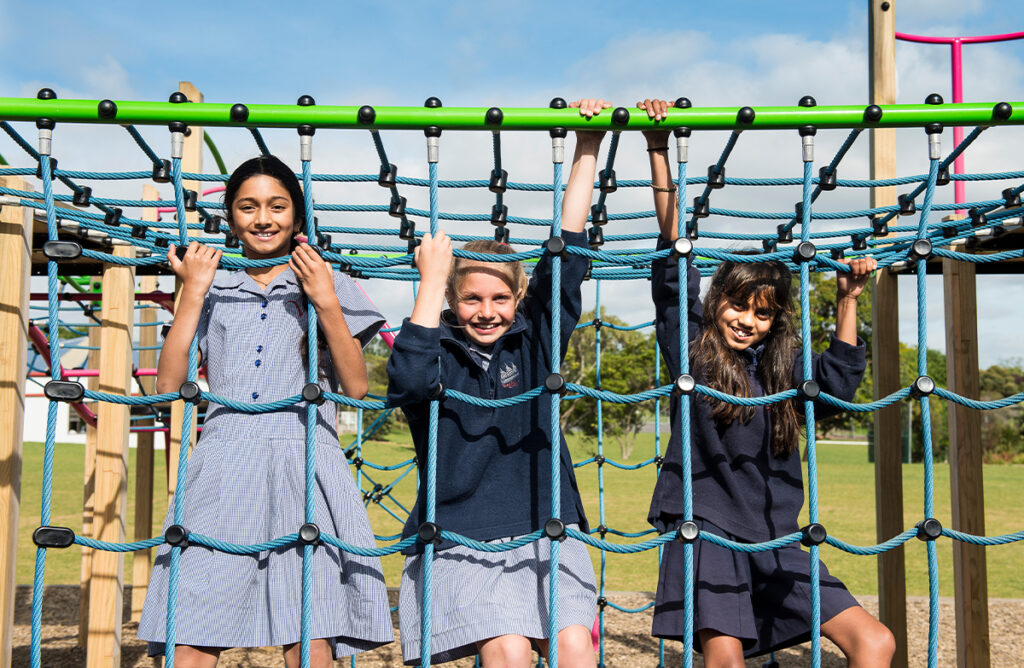Playgrounds are more than just fun; they’re essential spaces for children’s physical, social, and emotional development. Yet, research suggests that girls, especially after the age of eight, tend to use playgrounds less frequently than boys. To address this gender gap, we need to design playgrounds that cater to the specific needs and preferences of girls.
To create more girl-friendly playgrounds, here are a few key design elements to consider:
1. Social Space
Many children, especially girls, may feel uncomfortable or isolated on playgrounds. To address this, designers should prioritise the creation of social spaces that promote connection and belonging.
- Hangout Zones: Create inviting areas for social interaction, such as raised decks, platforms, or movable seating.
- Flexible Seating: Opt for curved, grouped seating arrangements that encourage conversation and connection, rather than long, linear benches.
- Sheltered Spaces: Ensure these social areas are protected from the elements, providing a comfortable and welcoming environment.
2. Equipment Selection
What kind of equipment can make playgrounds more fun and engaging? By carefully selecting equipment that offers a range of activities and experiences, we can create playgrounds that appeal to all children.
- Diverse Challenges: Offer a range of challenge levels, from low-level balancing activities to higher-level challenges like monkey bars and spinning bars.
- Social Play: Incorporate equipment that encourages group play and collaboration, such as cooperative games or shared play structures.
- Observation Points: Provide opportunities for observation and interaction with others, such as higher vantage points on play structures.
- Age-Appropriate Zones: Consider separate play areas for different age groups to reduce anxiety and promote comfort.
3. Unstructured Play
Many modern playgrounds prioritise structured and prescribed play. To encourage more natural and imaginative play, we should look at incorporating more natural materials and versatile equipment.
- Imaginative Play: Design equipment that can be used in multiple ways, inspiring creativity and imaginative play.
- Open-Ended Design: Avoid overly prescriptive equipment that limits play possibilities.
- Natural Elements: Incorporate natural elements like sandpits, water features, and greenery to stimulate curiosity and sensory exploration.
Beyond Design: Fostering a Welcoming Environment
While physical design is important, creating a truly welcoming playground requires more than just structures and equipment. To ensure that all children feel comfortable and empowered to play, we can focus on the following:
- Inclusive Language: Use inclusive language that avoids gender stereotypes and promotes equality.
- Positive Role Models: Encourage female role models to be active on playgrounds, demonstrating that play is for everyone.
- Community Engagement: Involve girls in the design process to ensure their voices are heard and their needs are met.













